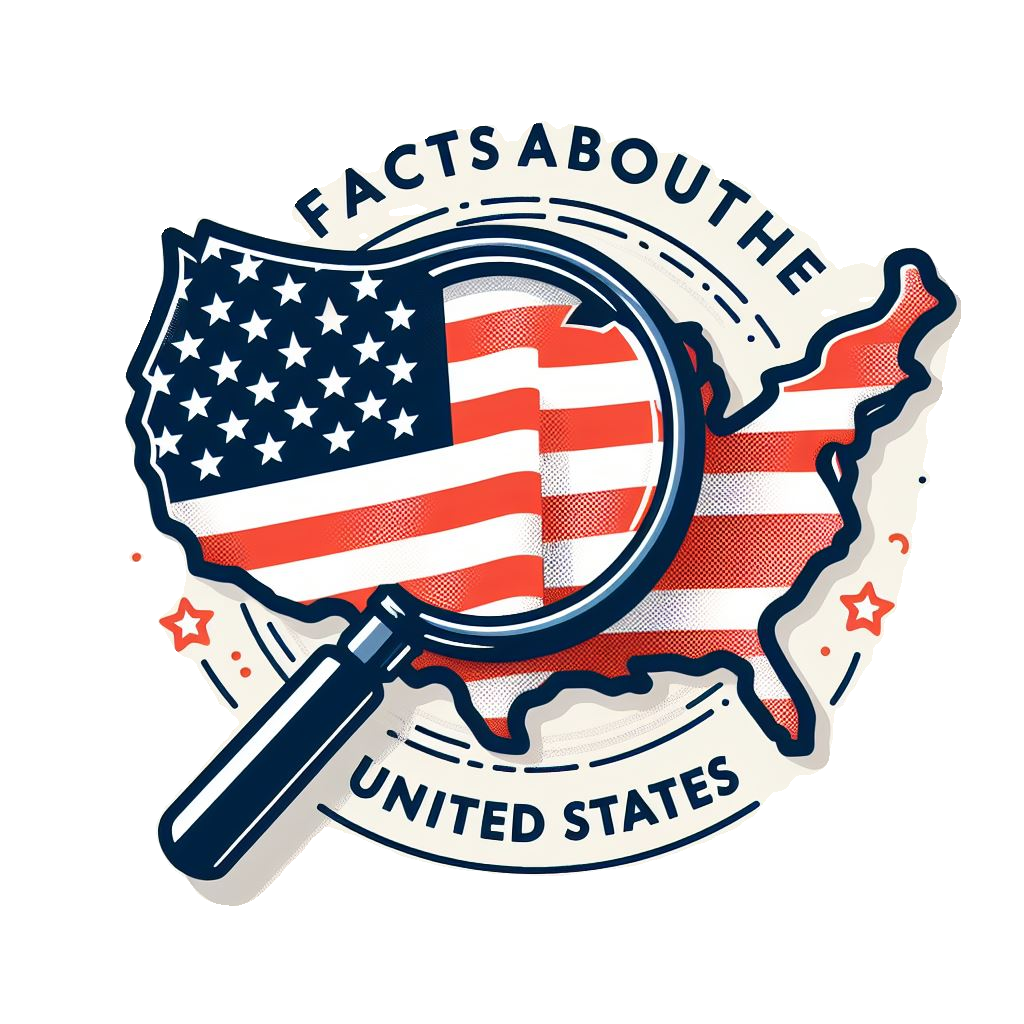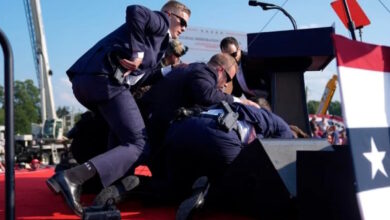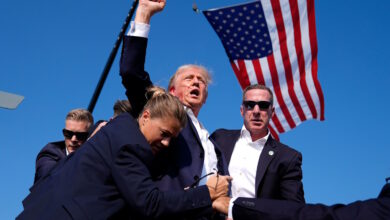The State of the Union: A Presidential Tradition
Each year, in a grand display of tradition and politics, the President of the United States delivers the State of the Union address to a joint session of Congress. This speech has evolved into far more than a simple report on how things are going; it’s become the President’s opportunity to outline a vision for the future of the country. Let’s dive into its history, purpose, and the modern-day spectacle it has become.
History in the Making
The idea of an annual update to Congress stems from the U.S. Constitution. Article II, Section 3 states the President “shall from time to time give to the Congress Information of the State of the Union, and recommend to their Consideration such Measures as he shall judge necessary and expedient.”
George Washington kicked things off by delivering the first speeches in person, a tradition that Thomas Jefferson chose to abandon in favor of written messages. It took over a century, until President Woodrow Wilson in 1913, for in-person delivery to make a comeback. The modern televised era, further amplifying the speech’s scope, arrived in 1947 with Harry Truman.
Purpose: It’s About More Than Updates
Far beyond a dry recitation of facts, the State of the Union address has become the President’s biggest platform to:
- Celebrate Accomplishments: Presidents use this time to tout their administration’s successes, building a case for why they deserve continued support.
- Set the Agenda: They lay out their priorities for the year ahead, hoping to influence what laws Congress will focus on passing.
- Promote Unity (In Theory): It’s a chance to appeal directly to the American people, trying to rally them around a vision for the country’s direction.
- Subtle (or Not) Campaigning: With reelection often on the line, it’s no surprise that State of the Union speeches can get a tad political, setting the stage for what’s to come on the campaign trail.
The Modern Show
Today’s State of the Union is a highly anticipated drama. Here’s what makes it a spectacle:
- The Guests: Presidents strategically invite guests who highlight issues they want to promote, their stories becoming emotional touchpoints of the speech.
- The Opposition Response: The party not in the White House gets to give their official rebuttal, offering an alternative take on the nation’s condition.
- The Applause (and Boos): Which proposals get standing ovations (and from whom!) becomes a game of political theater, revealing where there’s agreement or deep divides.
Beyond the Words
The State of the Union isn’t just about the speech itself. It’s a key moment that reflects the political climate and sets the tone for the battles that lie ahead between the President and a potentially divided Congress. Whether you find it inspiring or frustrating, the tradition is a cornerstone of how the U.S. government functions, highlighting the often messy interplay between its different branches.




